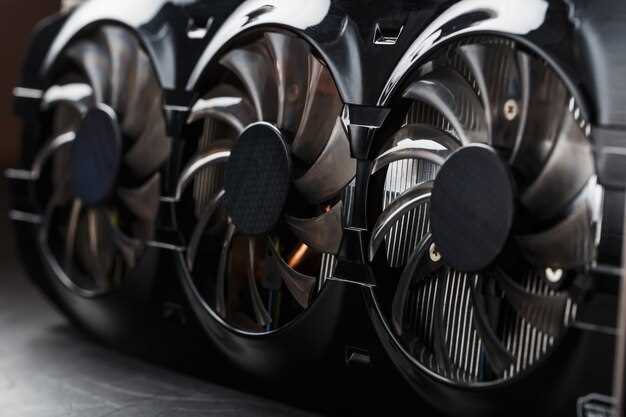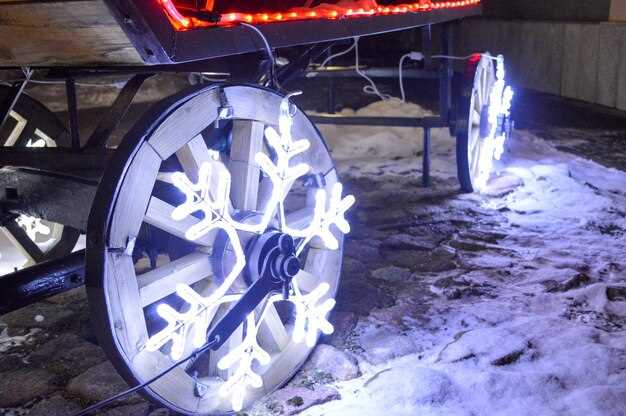
Effective cooling is a critical component in optimizing the performance of a track car. As vehicles push their limits on the racetrack, maintaining optimal engine temperatures becomes essential to prevent overheating and ensure reliability. Upgrading the radiator and adding supplementary components, such as a high-performance cooler, can significantly enhance cooling efficiency, improving both lap times and overall vehicle longevity.
The radiator serves as the primary defense against heat buildup in an engine, allowing coolant to flow and dissipate heat effectively. Standard radiators may struggle under the demands of spirited driving, making it imperative to consider upgrades that increase cooling capacity. This entails selecting a radiator with a larger core, enhanced airflow capability, or even one constructed from lightweight materials for improved performance.
Additionally, integrating a dedicated cooler for specific components, such as the transmission or oil, can further improve thermal management. These components work in tandem to ensure that various critical systems operate within their ideal temperature ranges, ultimately contributing to better acceleration, handling, and engine response. In this article, we will explore the various cooling upgrades available for track cars and discuss their impact on performance and reliability.
Choosing the Right Oil Cooler for High-Performance Engines

In the realm of high-performance engines, selecting an appropriate oil cooler is crucial for maintaining optimal engine temperatures and ensuring longevity. An effective oil cooler reduces the chances of overheating and preserves the integrity of engine components by regulating oil temperature, which directly impacts performance.
First and foremost, consider the design and type of oil cooler. There are two primary types: air-cooled and liquid-cooled. Air-cooled units are simpler and generally lighter but may struggle in extreme conditions or high-performance applications. Liquid-cooled coolers, while more complex, often provide superior cooling abilities in high-stress environments, making them more suitable for racing or track use.
Another critical factor is the size and capacity of the oil cooler. The cooler must be capable of handling the increased oil flow and heat generated by a high-performance engine. It’s essential to evaluate both the core size and the number of fins per inch; a larger core with more fins can disperse heat more effectively. However, ensure that it fits within the restrictions of your vehicle’s design, as space can be a limiting factor.
Compatibility with the oil system is imperative. High-performance engines may utilize specific oil types or viscosities, and the oil cooler should be compatible with these specifications to avoid leaks or failures. Check the fittings and lines used; inappropriate connections can lead to performance issues and potential engine damage.
Lastly, consider the installation and maintenance procedures associated with the oil cooler. Ease of installation can save time and effort, while a design that allows for straightforward cleaning and maintenance will ensure long-term functionality. Regular checks will help maintain peak performance and prevent any unexpected failures.
In conclusion, choosing the right oil cooler for high-performance engines involves understanding your specific needs, vehicle compatibility, and future maintenance efforts. Making informed decisions will undoubtedly lead to enhanced engine performance and reliability on the track.
Upgrading Your Radiator for Improved Heat Dissipation on the Track
When participating in high-performance driving, effective cooling is crucial to maintain engine efficiency and prevent overheating. Upgrading your radiator can significantly enhance heat dissipation, ensuring your vehicle performs optimally under the strenuous conditions of track racing.
A stock radiator may not provide sufficient cooling capacity, especially during prolonged high-speed sessions. By investing in a high-performance cooler, you can achieve better thermal management. These upgraded radiators are typically constructed with larger cores and enhanced fin designs, promoting increased airflow and heat exchange. This results in lower coolant temperatures and improved reliability on the track.
Additionally, consider the material of the radiator. Aluminum radiators often outperform their plastic counterparts due to their superior thermal conductivity and durability. They can withstand higher pressures and temperatures, minimizing the risk of failure during intense driving.
Moreover, integrating an auxiliary cooler, such as an oil cooler, in conjunction with your new radiator can further enhance heat management. This dual approach helps regulate both engine coolant and oil temperatures, simplifying the workload on the radiator and optimizing overall performance.
Lastly, ensure proper installation and fitment of your upgraded radiator. Poor alignment or inadequate sealing can lead to leaks, negating the benefits of your new components. Investing time in proper setup will yield substantial dividends in reliability and performance on the track.
Installing and Maintaining Cooling Upgrades for Maximum Reliability

Upgrading your car’s cooling system is essential for maintaining optimal performance, especially in track environments where engines are pushed to their limits. A high-quality radiator and additional coolers can significantly enhance thermal management, improving reliability and preventing overheating. Proper installation and maintenance of these components are crucial for ensuring their effectiveness and longevity.
When installing a new radiator or cooler, start by carefully removing the old parts. Ensure that all connections, such as hoses and fittings, are undamaged. Prepare the new radiator by checking for any manufacturing defects and ensuring that it is compatible with your vehicle’s specifications. Securely mount the new radiator, making sure to follow the manufacturer’s guidelines. Proper alignment and tight connections will prevent leaks and improve cooling efficiency.
After installation, fill the cooling system with the appropriate coolant mixture, paying attention to the recommended levels. It’s essential to bleed the system of any air pockets, which can hinder performance. Run the engine and monitor the temperature gauge closely to ensure the new setup is functioning properly. Be vigilant for any signs of leaks or irregularities in temperature that could indicate a problem.
Regular maintenance is key to maximizing the performance of your cooling upgrades. Check coolant levels frequently and top off as needed. It’s advisable to flush the cooling system periodically to remove debris and contaminants that can impede performance. Inspect hoses for cracks, wear, or bulges, as these issues can lead to failures. Ensure that the radiator and cooler are free from dirt and debris, which can obstruct airflow and reduce cooling efficiency.
Routine checks of the radiator cap are also important; a faulty cap can lead to pressure loss, resulting in overheating. Replace it if it shows signs of wear or if it fails to maintain proper pressure. Additionally, monitor the temperature during track days; an unexpected rise could indicate that your cooling upgrades are not functioning as intended, necessitating immediate inspection.
In conclusion, the investment in upgraded cooling components like radiators and additional coolers can significantly enhance a vehicle’s reliability on the track. Through diligent installation and ongoing maintenance, you can ensure that your cooling system performs at its best, enabling you to focus on performance without the worry of overheating issues.
